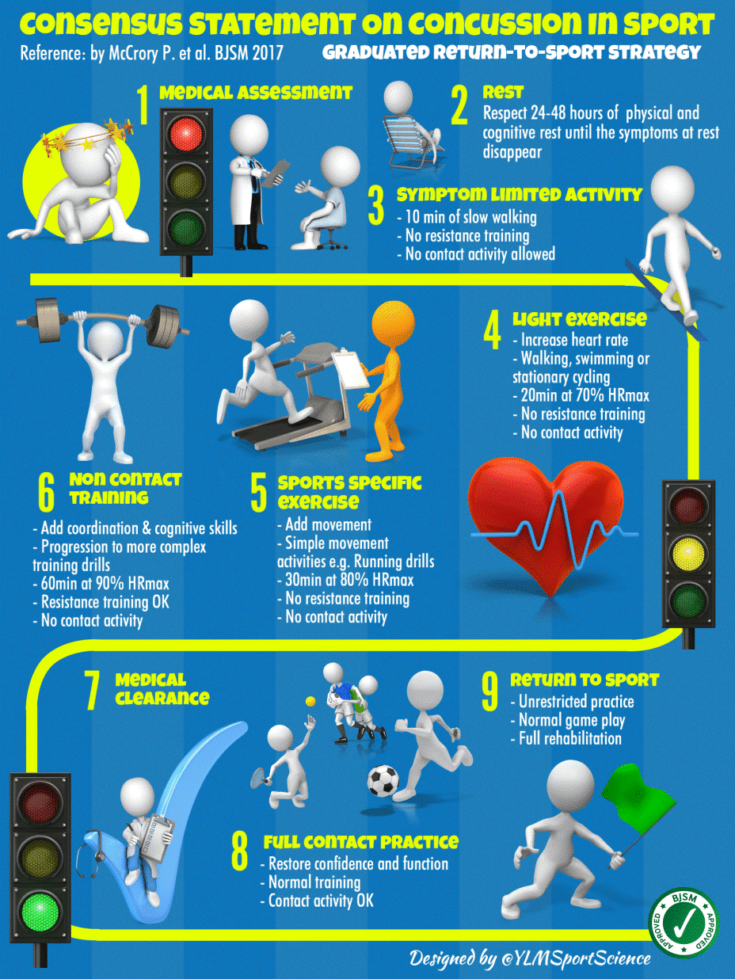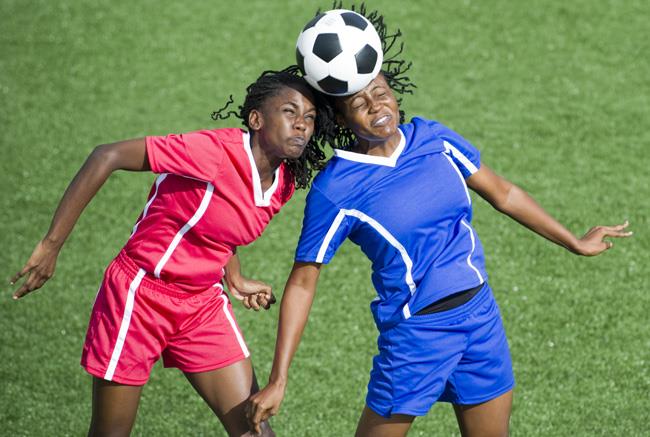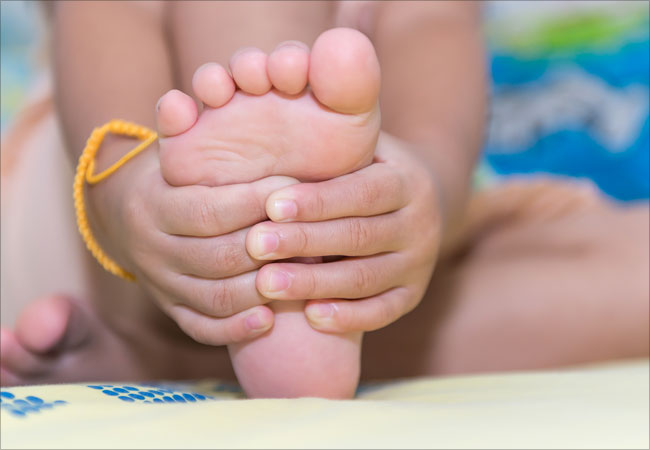Concussed….. what next?
Concussion is a regular occurrence in everyday life (work related injuries, falls and car accidents), however contact sports are more readily exposed to concussive incidents.
If you or you child receive a bump or blow to the face or head, it’s often difficult to know what to do in the hours and days following.
Concussion trained Osteopath Cliff Butler discusses the most appropriate course of action:
1. Initial Incident:
After a bump or blow to the face or head the player should be removed from the field of play. A concussion screen such as headacheck should be performed by the sports trainer.
Many clubs are performing baseline testing (using SCAT 5 or ImPACT) to compare pre and post injury results and more reliably diagnose concussion pitch side.
The absence of a baseline test or medical professional makes concussion diagnosis difficult and if in doubt sit the player out.
2. Diagnosis
It is important to seek further medical advice from a GP or emergency department if any of the following symptoms are present:
- Double vision, clumsiness or difficulty walking
- Vomiting
- Weakness and or tingling in arms or legs
- Severe headache
- Seizure or convulsion
- Concerns of a skull fracture (look for black eyes or bruising behind ears)
- Loss of consciousness or increasing drowsiness
- Changes in mood or personality (increased anger/agitation, restlessness)
In the absence of these symptoms you may wish to seek the advice of a concussion trained allied health practitioner to confirm the diagnosis of concussion.
3. Rest:
It’s important following a concussion to rest from physical activity for 24 – 48 hours (this may vary). You do not need to sit in a dark room or avoid sleep. However you should:
- avoid alcohol and caffeine
- avoid use of electronic devices and TV
- after 24 – 48 hours its important to return to symptom limited activity (ie go for a walk as long as it doesn’t increase your symptoms)
- take time off school/work/study
- if your neck is sore or you’re dizzy, seek treatment from your preferred health provider (us of course)
5. Return to activity:
As your symptoms of concussion subside you can gradually return to activity, (within the limitations of your symptoms). See the infographic below for more detail on rerun to play.
6. Clearance
Many sporting clubs require a clearance from a trained health professional prior to return to contact training or games.
What happens if I have ongoing symptoms?
It’s important to remember that in 70-80% of concussions, most symptoms will resolve within 1 month.
However we suggest that if your symptoms aren’t improving after two weeks then you should consult with a concussion trained health professional.
We can help you manage your symptoms such as:
- headache
- dizziness issues
- balance difficulties
- neck pain
We can also help speed up recovery and decrease the likelihood of ongoing issues, whilst providing advice on safe return to sport/work.
If you need more information about concussion management, baseline testing or return to play guidelines please get in touch.





